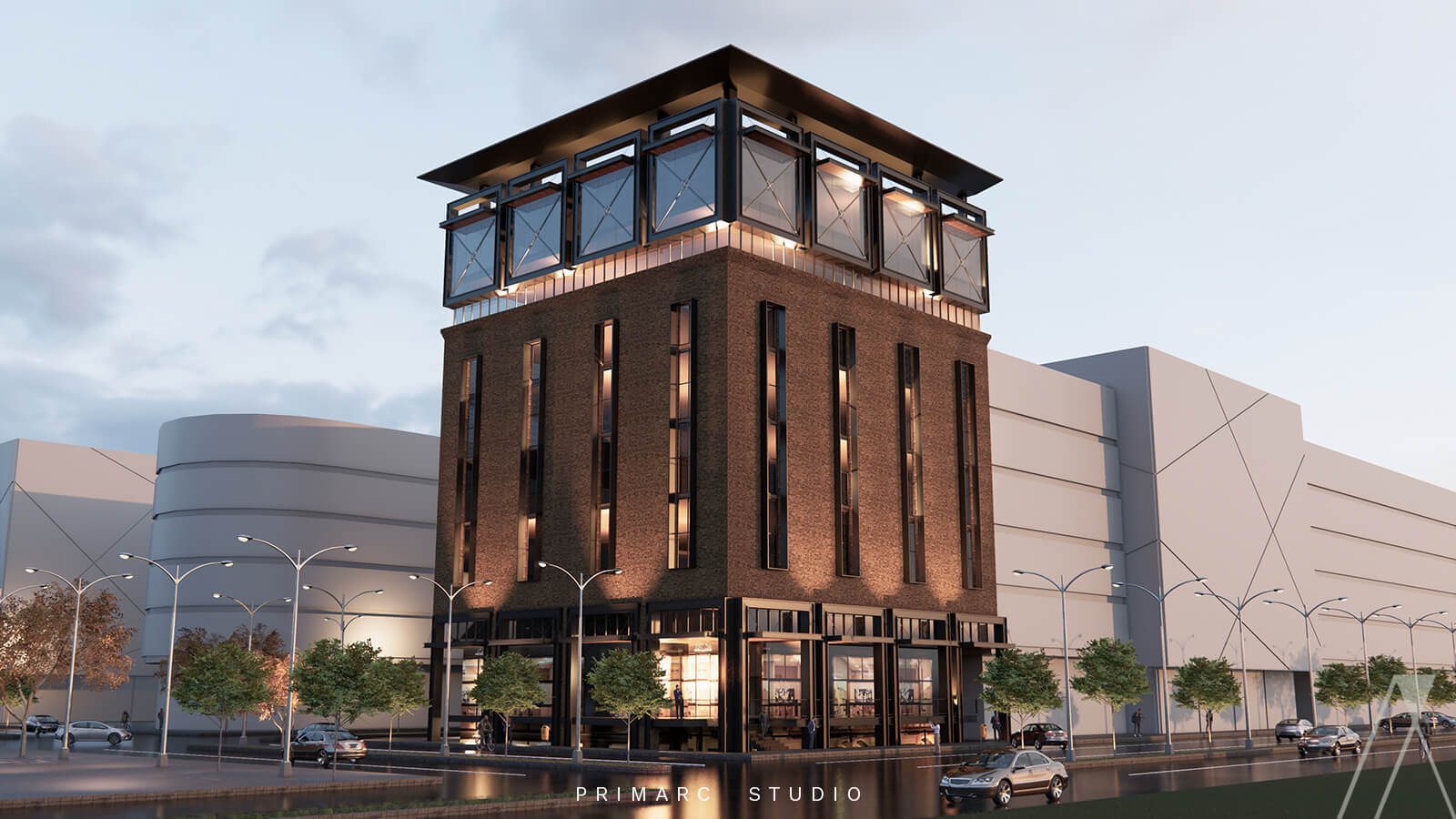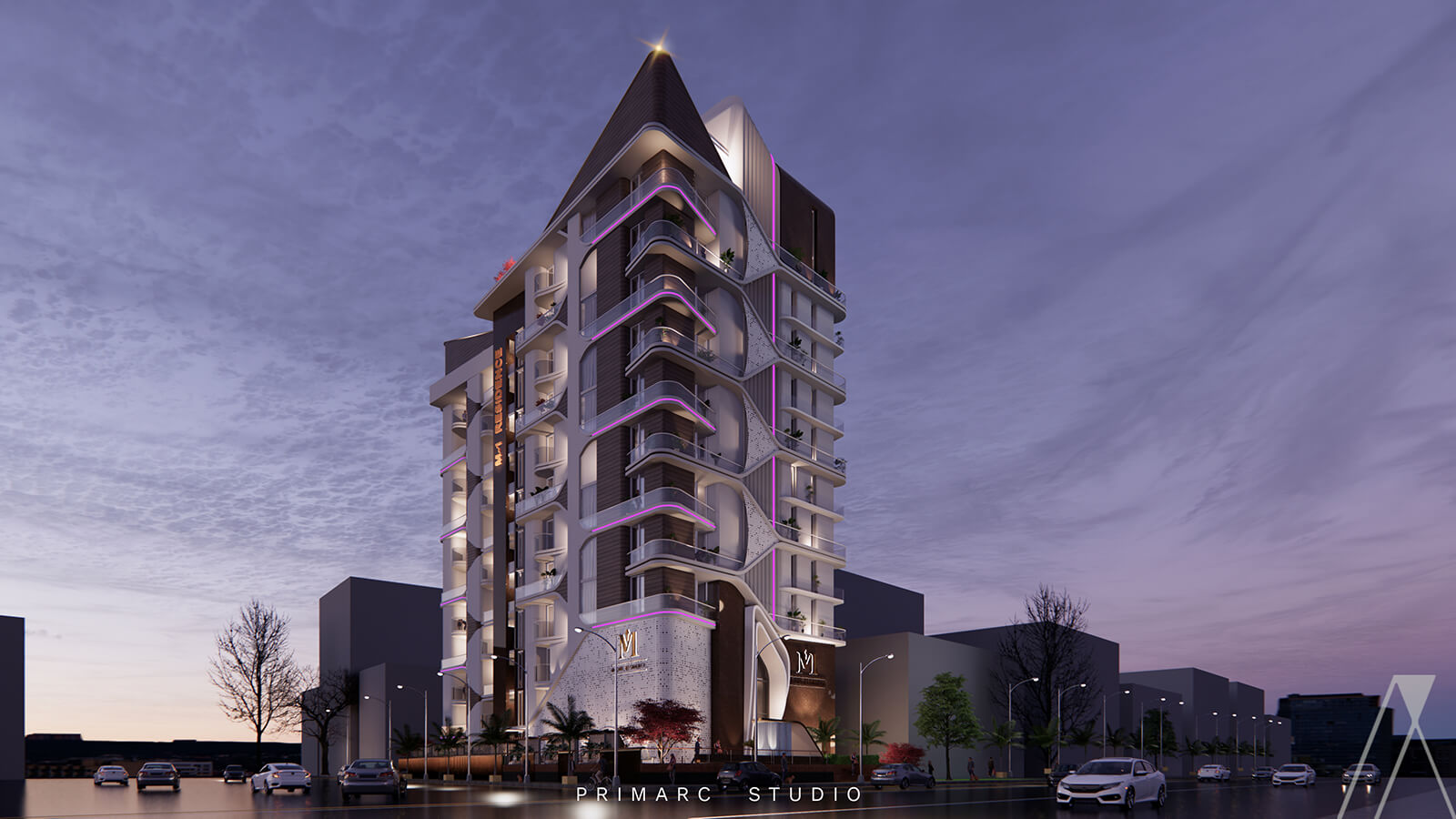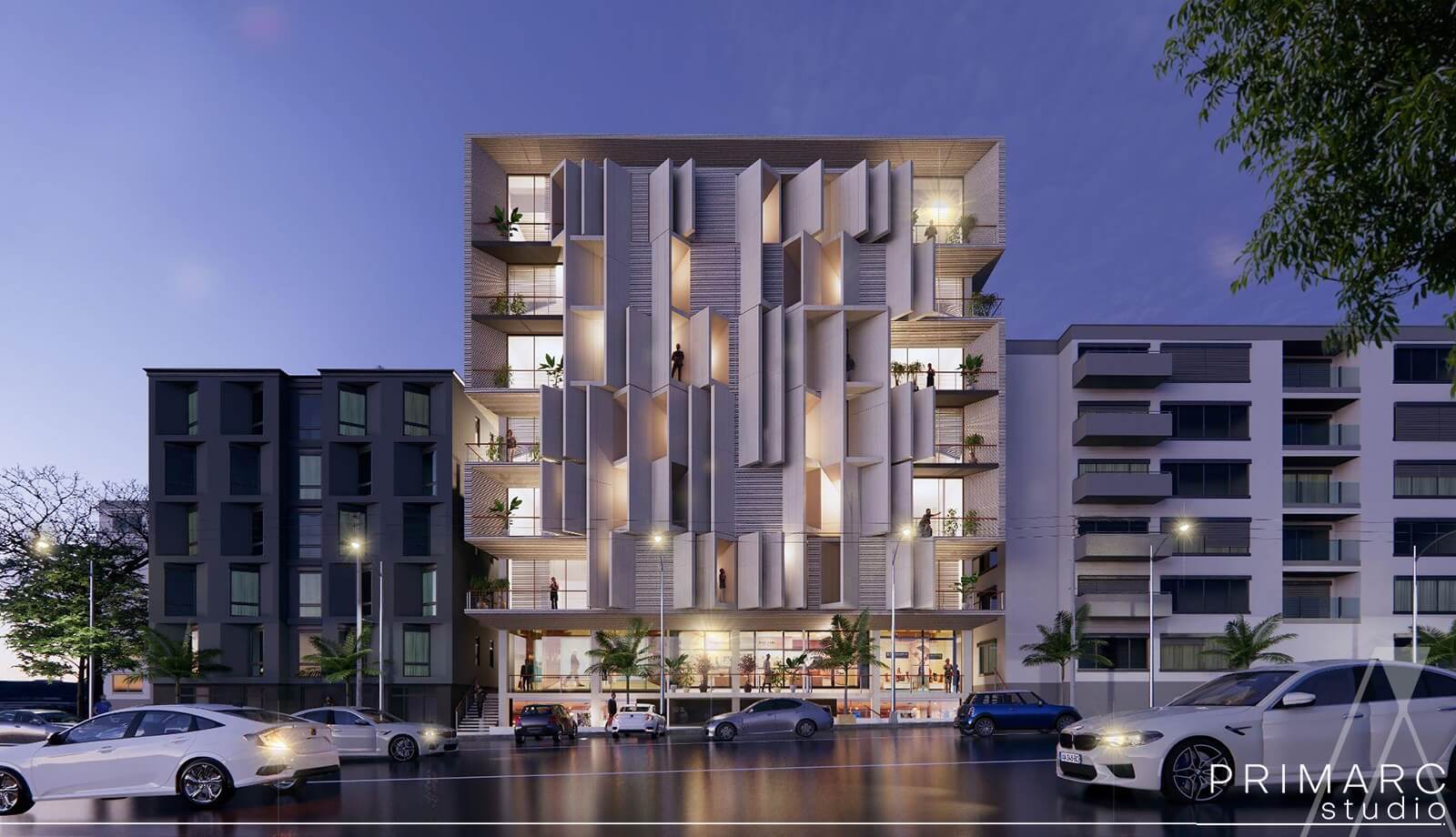Commercial design refers to the planning and creation of spaces for businesses and organizations. The design process begins with an assessment of the client’s needs and preferences, including the size and type of business, space requirements, and desired aesthetic. The design must also consider the surrounding environment and the natural landscape to create a harmonious relationship between the structure and its surroundings.
Functionality is a key aspect of commercial design. The design must provide spaces that are practical, efficient, and conducive to the goals of the business. This includes the design of work areas, meeting rooms, and public spaces, which must be functional and accessible for employees and visitors. The use of natural light, good ventilation, and a comfortable indoor temperature are also important considerations.
Sustainability plays a big role in our commercial design solutions. Green buildings aim to reduce their environmental impact and conserve energy and resources. This can be achieved through the use of environmentally friendly materials, energy-efficient systems, and passive solar design. For example, the use of energy-efficient lighting and heating and cooling systems can help to reduce energy costs and improve indoor air quality.
The aesthetic aspect of commercial design is also critical. The design should reflect the image and culture of the business and create a professional, welcoming environment. The use of high-quality materials, such as marble, stone, and glass, can help to create a sense of sophistication and quality. The choice of colors, textures, and lighting can also have a significant impact on the overall feel of the space.



